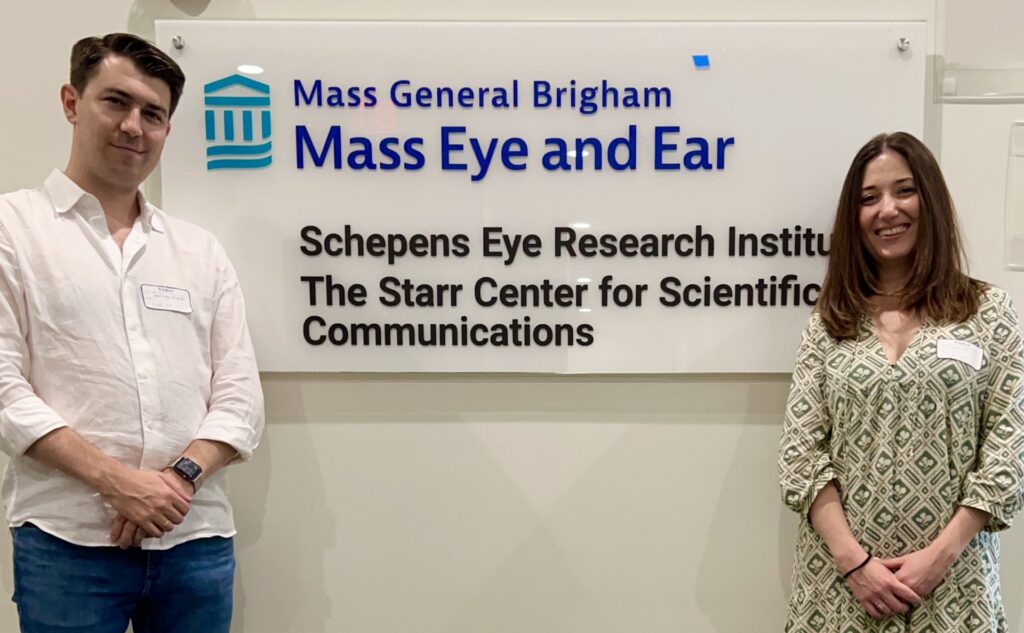
Miranza participates in a Harvard study to combat Alzheimer’s disease, which causes changes in the retina
Doctors Santiago Delgado at Miranza Ophthalteam and Miranza Getafe and Lucía González Buendía at IMO Grupo Miranza have participated in a research project at Massachusetts General Hospital and Massachusetts Eye and Ear, the main ophthalmology teaching hospital at Harvard University, in which an antibody has been developed that mimics the behaviour of a genetic variant identified in the APOE gene, or apolipoprotein E, which proves to be significantly resistant to Alzheimer’s disease, as well as protecting against cognitive decline. The aim of this research is to reduce brain damage associated with the disease, which is currently considered the most common cause of dementia.
This new therapy is based on the case of a woman who, despite coming from a family with a high genetic risk of developing the disease at an early stage, was able to delay its onset for almost three decades, thanks to the genetic variant in the APOE gene she had.

The crucial role of the retina
Alzheimer’s is a disease that affects the brain and can cause dementia, as well as memory, thinking and behavioural issues. It is a condition that has an impact on eyesight as well, because the brain connects to the eyes via the optic nerve and the retina, hence turning the eye into an ideal organ of the human body to study the disease.
In fact, the role of the retina has been instrumental in this research, as it is part of the central nervous system, which is why Alzheimer’s disease shows structural changes in the retina, which have been assessed to check the brain’s response to the new therapy developed by researchers.
Dr Santiago Delgado is happy with the results achieved so far thanks to the new treatment and stresses the importance of the retina in this research: “The eye allows us to detect and prevent diseases, such as Alzheimer’s disease. Being able to diagnose and assess the evolution of this disease through the eye, more specifically, through the retina, shows us the importance of check-ups not only for eye health, but also for people’s general health. In this research, we have been able to identify the mutations of a protein that may cause this brain disorder and, at the same time, check the mechanism of an antibody that has been designed to fight the disease by mimicking a protective mutation.”

Research and innovation
For her part, Dr Lucía González Buendía emphasises the importance of promoting biomedical research projects and states that “the genetic study of diseases not only allows us to learn more about the causes and mechanisms that trigger a disease, but also to suggest new therapeutic strategies.”
The onset of Alzheimer’s disease is caused by an alteration of the accumulation of amyloid protein in the brain, which causes plaques that destroy the connecting pathways between neurons, and of tau protein, hence leading to the formation of neurofibrillary tangles that are toxic to neurons.
The study underpinning this promising therapy, which has been recently published in Alzheimer’s and Dementia: The Journal of the Alzheimer’s Association, shows that such a breakthrough, tested so far in mice and based on an antibody called 7C11, could reduce alterations in tau proteins (aimed at assembling and stabilising microtubules in the central nervous system) that are found in the brain and retina and are resistant to Alzheimer’s disease.